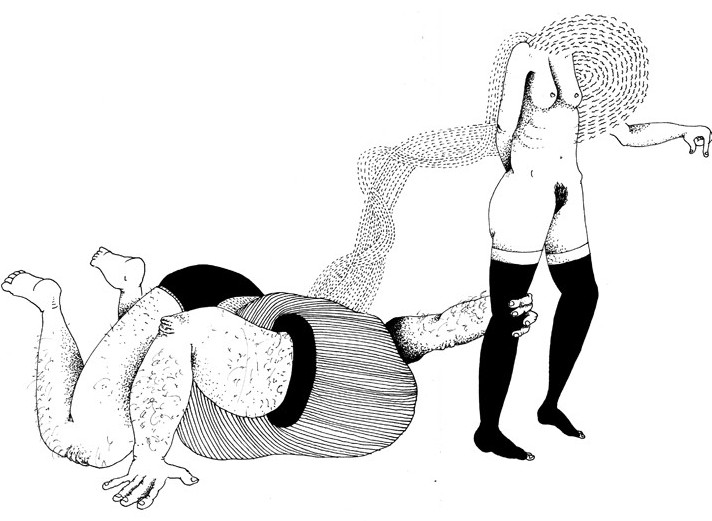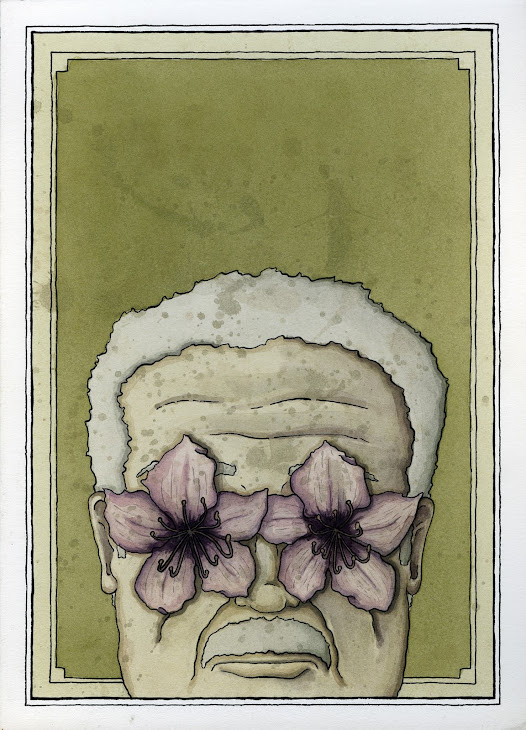 Where does the mind stop and the rest of the world begin?
Where does the mind stop and the rest of the world begin?The mind appears to be adapted for reaching out from our heads and making the world, including our machines, an extension of itself.
This concept of the extended mind was first raised in 1998, right around the time Google was born, by two philosophers,
Andy Clark, now at the University of Edinburgh, and
David Chalmers, now at the Australian National University. In the journal Analysis, they published a short essay called “
The Extended Mind” in which they asked a simple question: “Where does the mind stop and the rest of the world begin?”
Most people might answer, “At the skull.”
But Clark and Chalmers set out to convince their readers that the mind is not simply the product of the neurons in our brains, locked away behind a wall of bone. Rather, they argued that the mind is something more: a system made up of the brain plus parts of its environment.
Clark and Chalmers asked their readers to imagine a woman named Inga. Inga hears from a friend that there’s an exhibit at the Museum of Modern Art. She decides to go see it. She thinks for a moment, recalls that the museum is on 53rd Street, and starts walking that way. She accesses her belief that MOMA is on 53rd Street from its storage place in her brain’s memory network.
Now imagine a man named Otto, who has Alzheimer’s. His memory is faulty, and so he keeps with him a notebook in which he writes down important details. Like Inga, Otto hears about the museum exhibit. Since he can’t access the address in his brain, he looks it up in his notebook and then heads off in the same direction as Inga.
In the view of Clark and Chalmers, Inga’s brain-based memory and Otto’s notebook are fundamentally the same. Inga’s mind just happens to access information stored away in her brain, while Otto’s mind draws on information stored in his notebook.
The notebook, in other words, is part of his extended mind. It doesn’t make any difference that Otto keeps his notebook tucked away much of the time. After all, Inga tucks the memory of MOMA’s address out of her conscious awareness most of the time too.
Clark and Chalmers concluded that real people are actually more like Otto than like Inga: We all have minds that extend out into our environments.
Accepting Wall-less Minds as NaturalEleven years later, this argument continues to trigger fierce debate among philosophers, psychologists, and neuroscientists. There is no doubt that the extended mind is a weird concept.
One reason it seems so strange is that our minds feel as if they are really totally self-contained. We innately believe, for example, that as we walk down a street, we are continuously filming a detailed movie of our surroundings and using that mental movie to decide what to do next. But like many beliefs we have about ourselves, this movie is an illusion. Our awareness is, in fact, remarkably narrow.
One of the most spectacular demonstrations of how oblivious we can be was carried out by psychologists Daniel Simons of the University of Illinois and Christopher Chabris at Harvard University.
They asked people to watch a video of students weaving around each other and passing a basketball. Half the students wore white shirts, the other half black. The subjects had to keep track of how many times the ball was passed by members of one of the teams. In the middle of the game, a gorilla (rather, a student in a gorilla costume) sauntered through the scene.
Many subjects later reported that they never saw the gorilla; their brains discarded it as extraneous.
Inside our heads, instead of making a perfect replica of the world, we focus our attention on tiny snippets, darting our eyes from point to point. We extract only the information we need for whatever task is at hand, whether we’re sorting the laundry or climbing a mountain.
What’s even more remarkable about our brains is that they actually search for new things to make part of this feedback system.
Imagine you are poking a stick into an animal’s burrow. As you poke away, you are aware of what the far end of the stick is touching, not the end you’re holding in your hand. This kind of extended sensation appears to be the result of a reorganization of the brain.
Scientists have found that when test monkeys spent five minutes learning how to use a rake, some of the neurons in their hands began behaving in a new way. They began to fire in response to stimuli at the end of the rake, not on the monkey’s hand. Other neurons, in the brain, respond to things that appear to lie within arm’s reach. Training the monkeys to use the rakes caused these neurons to change—reacting to objects lying within rake’s reach rather than arm’s reach.
Natural-Born Cyborgs

The eagerness with which the brain merges with tools has made it possible to create some stunning mind-machine interfaces.
For instance, Miguel Nicolelis of Duke University and his colleagues put electrodes in the brains of monkeys to link them to a robot arm. The monkeys quickly learned how to move the arm around with pure thought; their neurons reorganized, establishing a new feedback loop between brain and robot arm.
Humans are proving just as good at this merger of mind and machine.
The U.S. Navy has developed a flight suit for helicopter pilots that delivers little puffs of air on the side of the pilot’s body as his helicopter tilts in that direction. The pilot responds to the puffs by tilting away from them, and the suit passes those signals on to the helicopter’s steering controls. Pilots who train with this system can learn to fly blindfolded or to carry out complex maneuvers, such as holding the helicopter in a stationary hover.
The helicopter becomes, in effect, part of the pilot’s body, linked back to his or her mind.
Results like these, reveal a mind that is constantly seeking to extend itself, to grab on to new tools it has never experienced before and merge with them.
Some people may be horrified by how passionately people are taking to their laptops and GPS trackers. But if you think about it, it would be surprising if we didn’t.
We are “natural-born cyborgs.”
ConclusionsThe extended mind theory doesn’t just change the way we think about the mind. It also changes how we judge what’s good and bad about today’s mind-altering technologies.
There’s nothing unnatural about relying on the Internet—Google and all—for information. After all, we are constantly consulting the world around us like a kind of visual Wikipedia. Nor is there anything bad about our brains’ being altered by these new technologies, any more than there is something bad about a monkey’s brain changing as it learns how to play with a rake.
Neuroscientists will soon be able to offer fresh ways to enhance our brains, whether with drugs or with implants. To say that these are immoral because they defile our true selves—our isolated, distinct minds—is to ignore biology.
Our minds already extend out into the environment, and the changes we make to the environment already alter our minds.
Source: I edited
How Google is Making us Smarter—
Questions left to AnswerAs a result of advanced machine-brain connecting technologies, will more people embrace minds as completely unbounded entities encouraging the
Hyper-Evolution of Self-Evolution?
When the mind and the internet fully unite as THE Extended Mind, do we become Ubermenschen?
Is the mind really only what the brain does, and in context of this article, employs? Or is it more?
 Stickers for Green Behavior
Stickers for Green Behavior



.jpg)
.jpg)
.jpg)



.jpg)